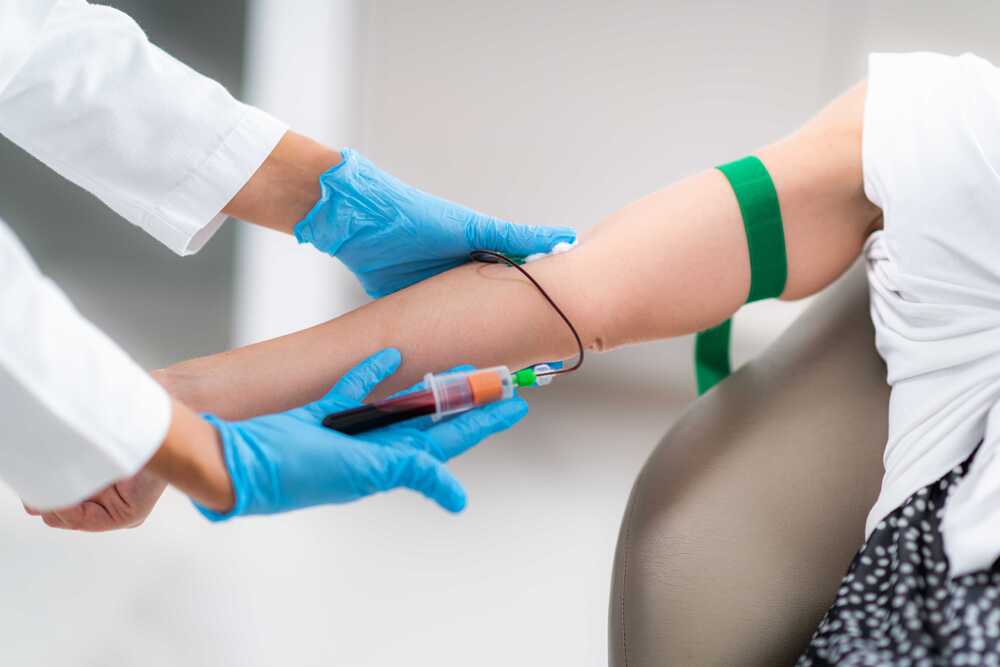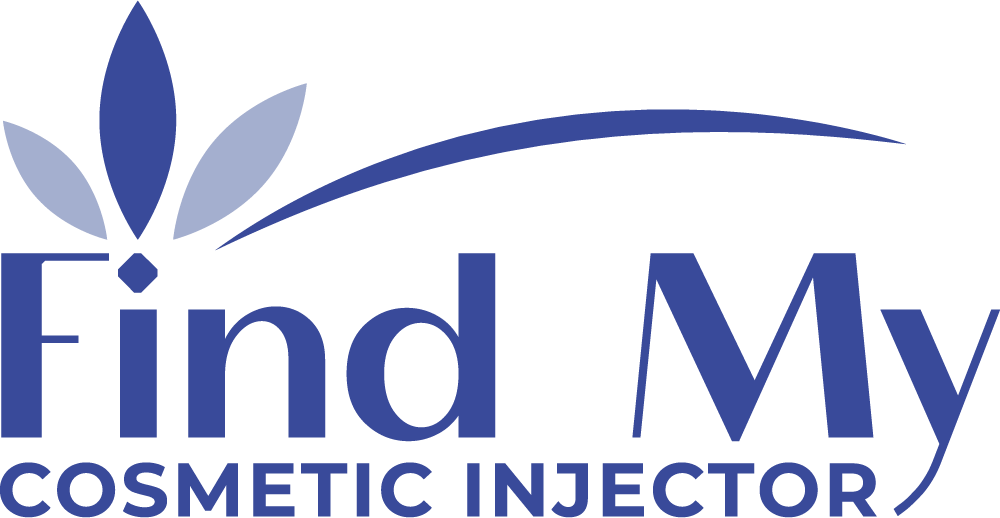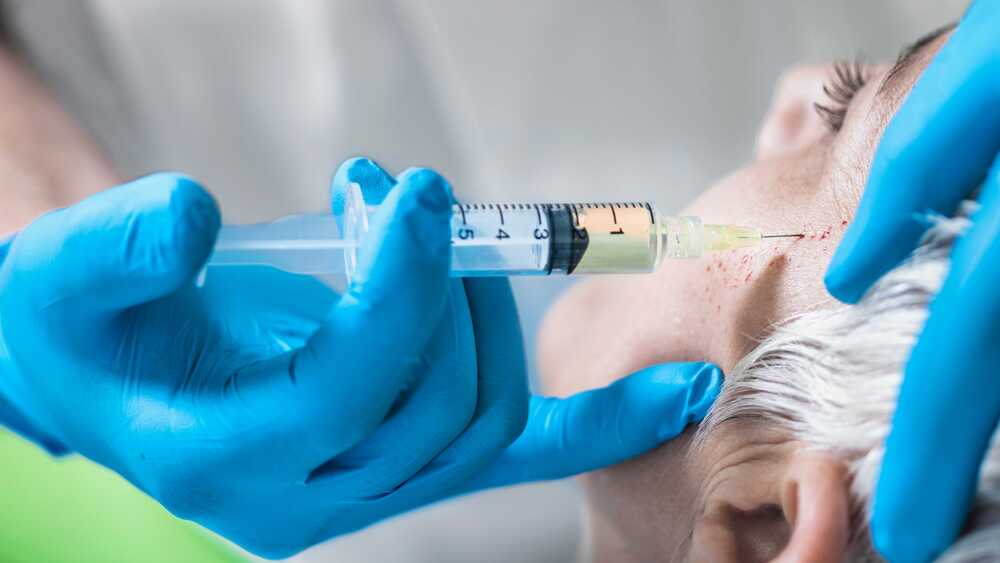PRP Treatments
Researchers and physicians constantly explore innovative ways to treat injuries and chronic conditions. Each advancement carries us forward while simultaneously creating the foundation for the next step.
Perhaps you’ve heard about a professional athlete rehabbing their sports injuries such as a torn ACL. knee sprain, or torn rotator cuff with platelet-rich plasma treatment. Maybe a group of your friends has discussed the restorative power of PRP.
New orthopaedic therapies are developed, investigated, and perfected before they are made available. PRP is a revolutionary intervention that maximizes recovery from injury, manages chronic conditions, and combats aging’s effects by leveraging your body’s ability to heal itself.
The science behind PRP is surprisingly straightforward considering its impactful effect on health. Anyone facing an upcoming surgery or coping with a degenerative condition should learn as much as possible about the treatment.
Starting a conversation with your doctor about PRP can restore lost quality of life and prevent possible functional loss.
What is Platelet-Rich Plasma?

Our blood is the life-sustaining solution that oxygenates tissue, fights infection, induces clotting, and keeps us alive. It’s composed of plasma and a variety of specialized cells. Plasma is the liquid that suspends the cells that make up our blood and carries it through the body.
Platelets are a type of blood cell that helps the body heal. They trigger cell reproduction and stimulate tissue regeneration. Platelet-rich plasma is derived from blood that has been extracted. It is then filtered to remove other blood cells that contain a higher concentration of platelets than normal blood.
Platelets contain hundreds of proteins known as growth factors. These proteins trigger the healing response in soft tissue. Platelet-rich plasma contains between five and 10 times as many platelets as the blood from which it was created. That enhanced concentration is what makes PRP treatment so effective.
What is a PRP Injection?
A PRP injection is a dose of platelet-rich plasma created from a blood sample taken from your body. A sports medicine doctor injects the PRP into an injured, compromised, or degenerating part of your body.
The platelet-rich plasma injection is safe. It is essentially a regenerative boosting medicine created from your blood. The doctor supercharges your body’s innate healing powers to enhance tissue recovery or stave off degeneration.
What is PRP Treatment Used For?
Doctors are continually refining PRP treatment. Platelet-rich plasma therapy is a versatile therapy that’s proven effective for an array of acute and chronic conditions such as tendon injuries, rotator cuff tears, and plantar fasciitis. Different concentrations of platelets and other cells are used to treat different areas of the body.
Tendon, Ligament, Muscle, and Joint Injuries
Orthopedic injuries typically require rest, surgery, or learning to live with some degree of functional loss.
Repetitive movements from work cause wear-and-tear, like tennis elbow or “bad” knees. Recreational activities can cause pulled muscles that ache and take extended periods to heal. Tendons and ligaments do not regenerate rapidly.
PRP injections to injured tendons, ligaments, muscles, and joints flood the area with regenerative platelets and leukocytes that fortify compromised tissue. The injection propels natural recovery that, if it ever comes, usually takes time and rest.
Post-Surgical Healing
Recovery from orthopedic surgeries, like joint replacements or muscle reattachment, is often slow and laborious. Rehabilitation is critical because the adage “use it or lose it” is true. PRP injections spur post-operative recovery.
An injection of concentrated platelets stimulates tissue repair and muscle reconstruction while fueling overall healing. PRP injections help get patients to the active part of their rehab. For certain surgeries like those for torn tendons, PRP can even be implanted into the tissue.
Osteoarthritis
PRP injections have proven extremely promising for osteoarthritis in the knee, hamstring tears, and patellar tendonitis. The platelets combat the inflammation resulting from the bone-on-bone contact that causes debilitating pain.
While further research is needed, PRP is a worthwhile consideration for anyone facing the prospect of a knee replacement. Platelet treatment is a regenerative medicine that can offer pain relief and return mobility and function, keeping patients active.
Hair Loss
Hair loss occurs when follicles cease functioning and become dormant or die. PRP injections can stimulate them, counteracting the effects of male pattern baldness. The treatment’s regenerative powers may take up to six months and several injections to fully reactivate hair growth.
Some doctors also use PRP following hair transplants to maximize their odds of success. The injection’s boost to the healing process promotes acceptance of the new follicles.
Skin Rejuvenation
Sagging skin and wrinkles result from the breakdown of the tissue beneath the skin. PRP injections trigger growth in the degenerating tissue, restoring the underlying framework that holds the skin taut and creating a youthful appearance.
PRP Therapy Risks and Side Effects
PRP treatment is a medical procedure in which an outside substance is injected into your body. There is an inherent risk, as there is with any procedure. However, you will only receive PRP that is derived from your own body.
Generally speaking, the PRP itself only carries a slight risk. Your blood is run through a centrifuge that sorts it by density, allowing the doctor to filter out other blood cells and isolate the valuable platelets.
The main risk comes from the procedure itself. Infection, nerve injuries, injection site pain, and tissue damage are all possible. Certain treatment areas carry more risk than others.
An injection into a joint has a greater risk of infection than one into the scalp. Doctors may guide the injection with an ultrasound to mitigate the risk and optimize your treatment outcome.
You should only undergo PRP treatment from an experienced and board-certified physician. The risk of severe side effects multiplies if you receive injections from a non-medical aging clinic or another non-licensed provider.
PRP Injection Process
Your doctor will conduct a consult and rule out contraindications to ensure PRP can benefit your condition. They will then direct you to suspend certain medications or dietary supplements that affect the blood. Anti-inflammatories and anti-coagulants can alter how the blood sorts itself in the centrifuge.
Patients with a history of cancer, abnormal platelet function, low platelet levels, or anemia are not viable candidates for PRP. You cannot receive PRP if you have an active infection.
The doctor will draw your blood as if you were having routine lab work, run your sample through the centrifuge to create the platelet-rich plasma, and inject it into the treatment site.
The procedure generally takes about 30 minutes. The doctor will likely use a form of topical anesthesia depending on the injection site. Soreness and bruising are possible following the procedure. You’ll need to alert your doctor if you experience sharp or intense pain.
Frequently Asked Questions
How much does PRP treatment cost?
Treatment cost depends on the size of the dose, the injection site, and what the PRP is treating. Generally, each procedure costs between $250 and $1250.
You need to verify coverage with your insurer. Post-surgical or osteoarthritic treatment may be covered. PRP for hair loss may be deemed elective and not covered.
How do you prepare for PRP injections?
At the consult, your doctor will review your medical history. You will be instructed to stop taking certain medications and supplements. They may instruct you to eat and hydrate before the procedure to minimize the risk of fainting.
What is the recovery time for PRP injections?
None. The injection is executed during an outpatient procedure. Most patients can return to normal activities immediately afterward.
You may be instructed not to wash the treated site for 48 hours. This is to minimize the risk of infection.
How long do PRP injections last?
It depends on the condition the PRP is treating. Research to ascertain the effects’ longevity is still ongoing. Results are not immediate. It takes several weeks for them to become noticeable because the treatment relies on your body’s regeneration abilities.
Your overall health and the extent of your injury or degeneration will also influence how long the injections last. Results are not permanent and you will need follow-up treatments.
Conclusion
PRP harnesses the body’s regenerative powers, amplifies them, and injects them to maximize tissue recovery. The full clinical value of PRP is still coming into focus, but it’s effect for many acute, chronic and degenerative conditions is transformative.
Patients dealing with an orthopedic injury, age-related degeneration, or an upcoming surgery should consider enhancing their recovery with PRP. The treatment is safe when performed by an experienced practitioner because it uses your own blood to bolster your healing ability.

